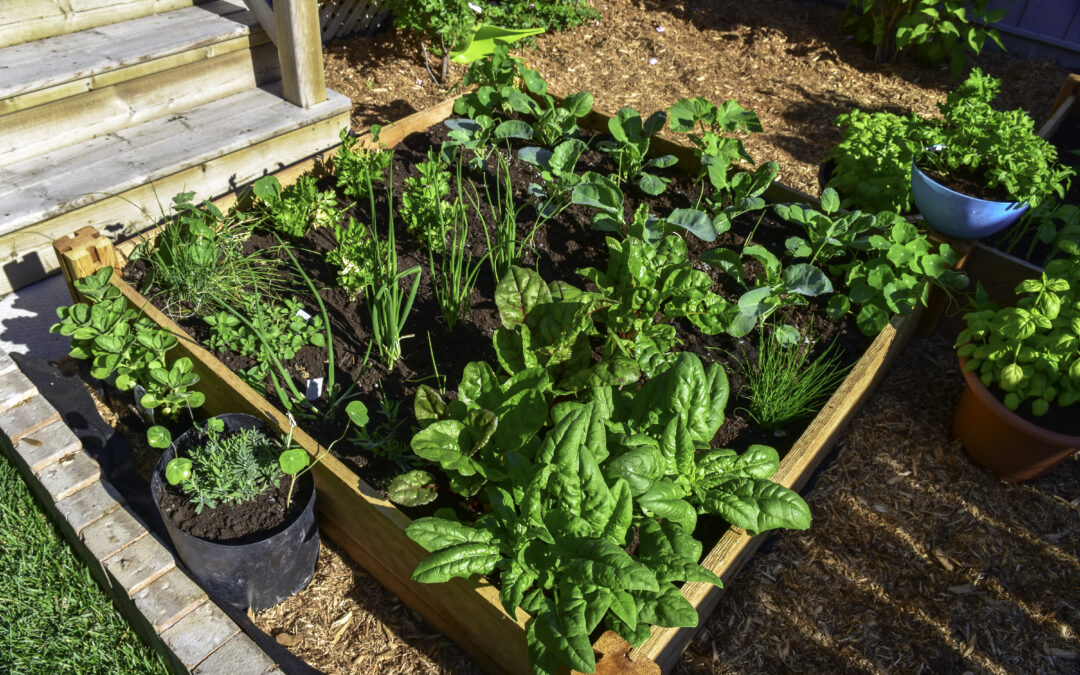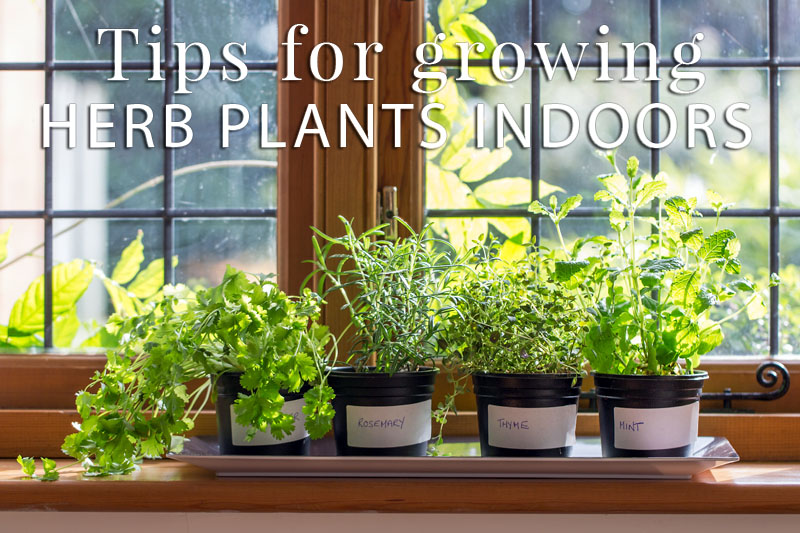
It’s Beginning To Feel A Lot Like Christmas
Shop Parsley Plants
Although we’ve really enjoyed the 50-60, even 70 degree weather this fall, it’s a little weird to be wearing shorts in Virginia in December. Last night was one of the first real reminders of what we’re in for this winter, a hard frost. Though scraping your windshields in the morning can be quite a pain, the delicate, cold crystals really made our herb test garden glitter this morning. So, goodbye short sleeves and screen doors, we’ll pack you away until mid March. Hello, long johns and indoor herb gardening!
Savory Beef Stew Recipe
With these cold winter nights there is nothing better than to light a fire, open a bottle of a nice deep, dark red wine, slice up a warm loaf of crusty bread and dip into a hearty bowl of Savory Beef Stew. Here’s one we suggest!
Beef: Make sure you are getting a cut that is ‘made’ for stews. 1 to 1 ½ pounds should do it.
Leeks: I like to use leeks instead of onions, but either one is fine. Leeks just have a subtler flavor. 1 leek or onion, chopped.
Carrots: 1 cup of chopped carrots
Garlic: 2 – 3 cloves chopped fine
Mushrooms: 1 cup of coarsely chopped Baby Bella or Shitake
Potatoes: I’m sort of moving away from potatoes these days, and a big fan of Sweet Potatoes. Or I suggest using Yukon Golds. A cup of cubed Tomatoes? Depends on your taste. Sometimes I’ll add, and sometimes I won’t. In any event, use a 15 oz can of GREAT quality chopped tomatoes. Better yet, use your own! These should be added when you pour in the broth.
Broth: You can use beef, mushroom or vegetable broth. I usually use mushroom broth and one container will do. If you need more liquid, add a bit of water.
I do like salt and pepper, but that really is ‘to taste’. I’ve been using red peppercorns lately and really happy with the result. You can toss just about anything else into this stew, but I like to keep it clean and simple. That way, the flavors of the herbs really stand out.
Don’t Forget To Add Herbs!
Herbs: honestly, almost any savory herb works in this stew. I’ve got a lot of dried concoctions from my fall harvest, and I’ll toss in my Herbs de Provence and add extra Bay and Thyme. Marjoram works … oregano. It’s really up to you and your palate but don’t be shy!
Cooking Instructions
Olive oil in the bottom of the pan heated to medium low and toss in the meat. A lot of recipes call for the meat to be tossed in flour, but that seems to ‘gum up the works’. Just allow the meat to brown slowly. Stir around a bit. Once the pieces are nice and brown, toss in the garlic, leeks and carrots and potatoes and let them cook SLOWLY – low heat and a lot of stirring and patience. When they are nice, soft and aromatic, toss in the herbs. Ok, if you need measurements, let’s say a tablespoon of that and a tablespoon of this and then keep it on low heat and allow all those flavors to infuse. Slow and steady. Then pop in the mushrooms and cover the whole batch with the broth. At this point, it’s time to let this baby simmer. You’ll need to check from time to time, and cover and uncover. There will come a point where you are getting close to the finish line. Take a spoon and let the stew cool a bit. Taste and then decide on the salt and pepper. It’s at this point that I may decide on an additional ‘punch’ – maybe a bit of Worcestershire Sauce!
After 2 hours, check the beef. If it’s easy to shred, you are near the finish line. Make sure that the broth has a nice, herbal infusion and it’s salted and peppered to your taste. I usually let it sit, unheated, for a bit and then slowly heat back up right before serving. Enjoy!










